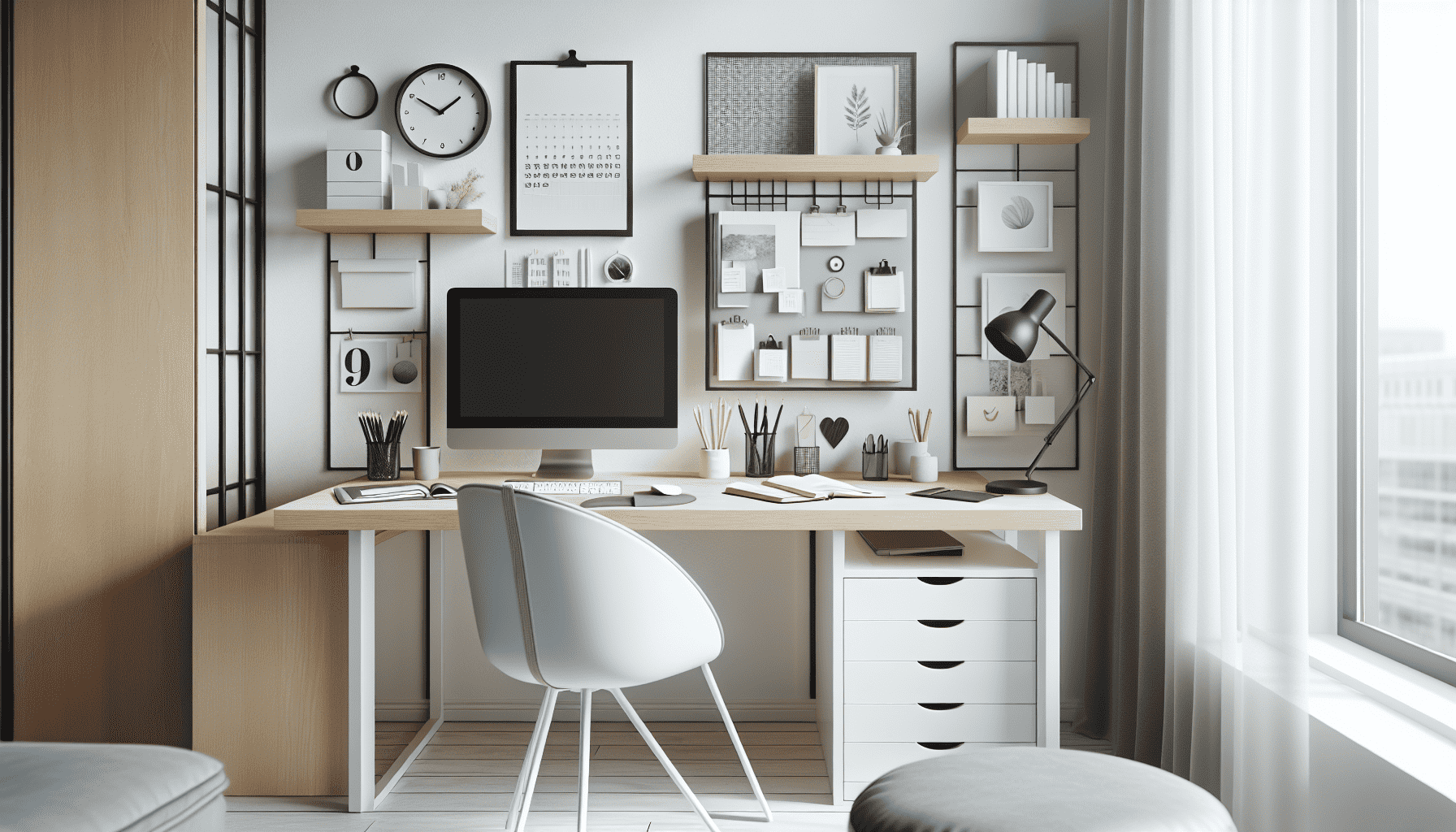Minimalist design, a style characterized by simplicity and functionality, has been reshaping the creative landscape for decades. As we move into 2024, this design philosophy continues to evolve, proving its adaptability and enduring appeal. Its influence is particularly evident in digital and print media, where sleek, simple aesthetics remain at the forefront of visual communication.
One of the key elements driving the continued evolution of minimalist design is the increasing focus on user experience. In the digital realm, this approach translates to cleaner interfaces, faster load times, and more intuitive navigation. Websites and apps are designed with an emphasis on decluttering visual space, allowing users to engage with content effortlessly. This not only enhances functionality but also aligns with the growing consumer appetite for seamless and efficient technology experiences.
Moreover, the rise of accessibility in design practices further underscores the value of minimalism. By prioritizing clarity and simplicity, designers are able to create products that are more inclusive and easier to use for individuals with varying abilities. This shift towards universal accessibility is becoming a standard expectation, encouraging designers to pare down complex elements and focus on essential features.
In print media, minimalist design manifests through the strategic use of negative space, refined typography, and restrained color palettes. These elements work together to create compositions that are both striking and sophisticated. Publications and advertisements that utilize minimalist principles effectively capture attention amidst the sensory overload that often characterizes contemporary media spaces. By distilling messages to their core, brands are better able to communicate their narratives and values succinctly.
The evolution of technology also plays a crucial role in the trajectory of minimalist design. Advancements in display technology, such as high-resolution screens and e-ink, provide new opportunities for designers to explore minimalism in innovative ways. These technologies support the creation of crisp, clean visuals that enhance readability and aesthetic appeal, without compromising the efficiency or environmental impact.
Sustainability is another critical factor guiding the future of minimalist design. There is a growing awareness of the environmental impact of excessive consumption and production. Minimalist design, with its emphasis on simplicity and durability, aligns with sustainable practices by promoting products that are built to last and reduce waste. This conscientious approach is resonating with consumers who prioritize environmentally friendly choices, further cementing minimalism's relevance in today's world.
As we venture further into 2024, the fusion of traditional minimalist principles with contemporary design trends continues to yield exciting possibilities. Designers are experimenting with new materials, interactive elements, and dynamic layouts, all while maintaining the core tenets of minimalism. This balance between innovation and tradition ensures that minimalist design remains a dynamic and influential force in creative industries.
In summary, minimalist design in 2024 is characterized by a commitment to simplicity, functionality, and sustainability. Its ongoing evolution is propelled by technological advancements, a focus on accessibility, and a shift towards environmentally conscious design. As digital and print media continue to embrace these principles, minimalist aesthetics will undoubtedly hold a prominent place in shaping the future of design.
